Greater Cairo, Egypt’s largest metropolitan area, which consists of Cairo, Giza, and Qalubiya, covers almost 20 percent of Egypt’s entire population at 21 million inhabitants. It comes as no surprise, then, that those who imagine Egypt, often imagine its urban jungle of a capital immediately.
Egypt’s Cairo-centric identity even extends to most Egyptians, who often call the capital Masr (Egypt) – as if there exists the Egypt that is Cairo, and an entirely different Egypt outside Cairo.
Many who visit Egypt for the first time usually arrive through the gates of Cairo International Airport. A more experienced adventurer may also trek the cities of Alexandria, Luxor, or Aswan; others may favor the turquoise waters of South Sinai or the Hurghada.
Yet Egypt’s charm extends beyond the country’s metropolis. There exist 24 governorates beyond Greater Cairo, with a plethora of them offering different strokes of color and taste to Egypt.
PORT SAID

European grid-patterned streets, classical French-designed homes interlaced with traditional Egyptian architecture, and an irresistible seaview: Port Said, crowning the Delta 167 kilometers north of Cairo, is one of Egypt’s most unique cities.
Considered the crowning jewel of the reign of Khedive Muhammed Said – who named the city after himself – Port Said served as a cosmopolitan city since its establishment in 1859, hosting a wide array of nationalities and cultures, often merchants and businessmen due to the city’s prosperous port trade. With time, however, many fell in love with the simple coastal lifestyle of the city, creating a melting pot of a population during the late 19th century.
Today, Port Said is no longer the cosmopolitan society it once was. Yet a walk through one of its many tree-filled promenades places passers-by into a mental time machine, visualizing what once was.
QENA

Slightly north of the popular cities Luxor and Aswan, Qena is a modest Upper Egyptian city, rich with an unnoticed pharaonic legacy, chief among them Dendera’s well-preserved Temple of Hathor. Constructed in Greco-Roman style, with imposing stone columns, and adorned with detailed carvings and hieroglyphics, the temple is a testament to Qena’s preserved history.
Followers of Sufism, a mystic practice in Islam characterized by spirituality, asceticism, and shunning material desires (more often known for the traditional Sufi whirling dance), can also admire the city’s Sheikh El-Qenawi Mosque, built in the 12th century to commemorate Egypt’s religious leader Abdel-Rahim El-Qenawi, famed in Qena for introducing Sufism to the city.
SIWA
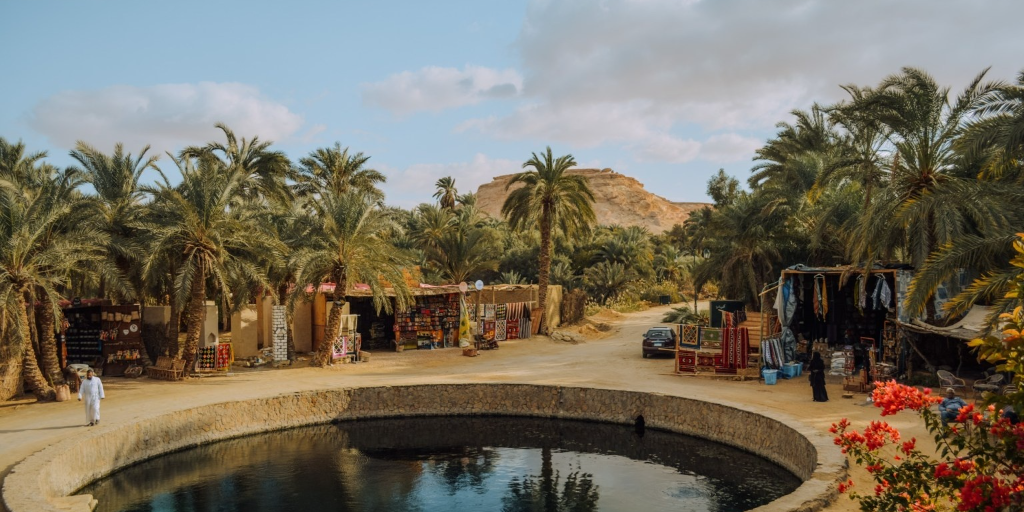
The classic film trope of a desert wanderer imagining a pool in the middle of dunes becomes a reality through Siwa’s oasis wonders. Closer to Libya than it is to Egypt’s capital, Siwa is one of Egypt’s most isolated wonders.
The urban oasis has witnessed a wide range of Egypt’s history, from ancient Egypt’s Temple of Amun to the Shali fortress of Siwa’s Berber tribes, who date back to the 12th century. Today, tourists of the desert paradise often go to enjoy desert safaris, natural hot springs, salt lakes, and the distinctive delicacies of Siwi cuisine.
DAMIETTA
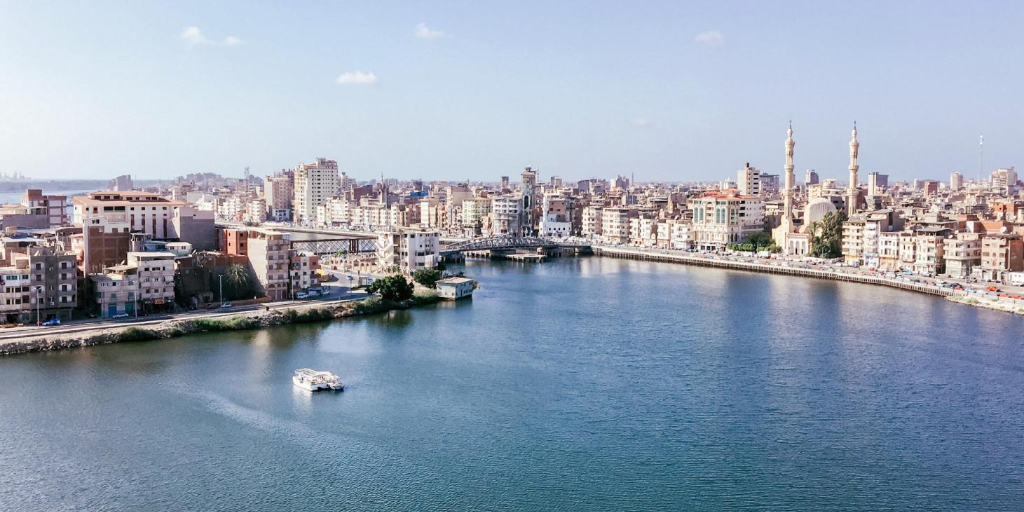
Damietta is a city that prides itself in its Coptic history and its woodworking industry. Formerly known as Tamiati, the Coptic word for ‘land that grows flax’, the city of Damietta is divided by the Nile Delta that runs through it. One side is mostly made up of farmlands, while the other is covered with plains.
Historically, Damietta had always been the subject of interest for rulers of Egypt for its strategic position as a trade hub near the Levant and Ottoman regions. The city has been under the rule of the ancient Egyptians, Greeks, Romans, Byzantines, and Islamic Caliphates. The city was once considered the stronghold of Egypt’s Nile area during the Crusades.
Damietta’s increasing population, in parallel with the expansion of other cities, led to a governmental decision to construct New Damietta in the hopes of an urban renaissance for the historic city.
BAHARIYA
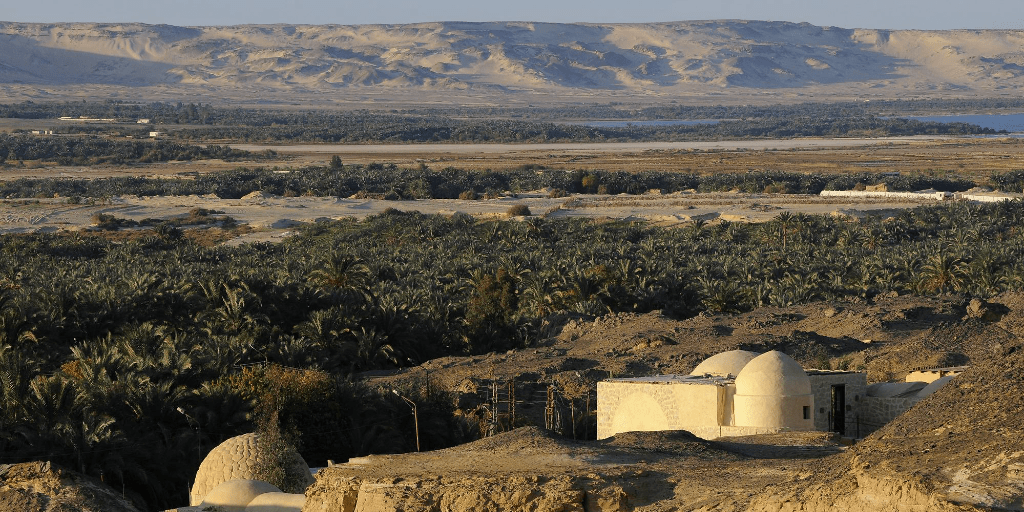
In Egypt’s Western Desert area, a vast stretch of sand and dry land, there exists a green patch, with towering date palms and rows of olive groves. The city of Bahariya, an urban oasis akin to Siwa, showcases signs of life even within desert stretches.
Geographically, the city sits in one of the country’s largest depressions – falling below sea level, hence the signs of life and water within its area. Historically, it was a wealthy trade point for agricultural export for ancient Egyptians, Greeks, and Romans – made evident by the discovery of the Golden Mummies Valley, a burial site of the aristocrats and administrators of that era.
Bahariya remains a relatively simple and modest city to this day, far from the hustle and bustle of the capital. Visitors of the urban oasis often come for its delectable date and olive market, for its pharaonic history, or to trek the mystical Black and White Desert,20 minutes away from Bahariya.
AL-SUEZ

Synonymous with its world-renowned ship canal, the city of Al-Suez is also far more than ships and straits, dating back millennia before the canal’s nationalization in 1956. Al-Suez was once the ancient Greek town of Clysma, later becoming Qulzum with the spread of Islam in Egypt during the seventh century.
Following its nationalization, Al-Suez became a valiant stronghold for Egypt’s wars against Israel, England, and France – with many of its inhabitants defending their city with the army. To this day, the city celebrates 24 October as its national day, in memory of the Battle of Suez that occurred during the October War with Israel.
Years of administrative disregard and corruption during the Mubarak era led to a decline in the city’s economy, spawning slums and congestion as a result. Today, the government aims to revive the city’s economy and infrastructure in a bid to restore its status as one of the world’s most important trade hubs. Plans for a ‘New Suez City’ were announced last year to further accommodate the city’s growing population.
MINYA
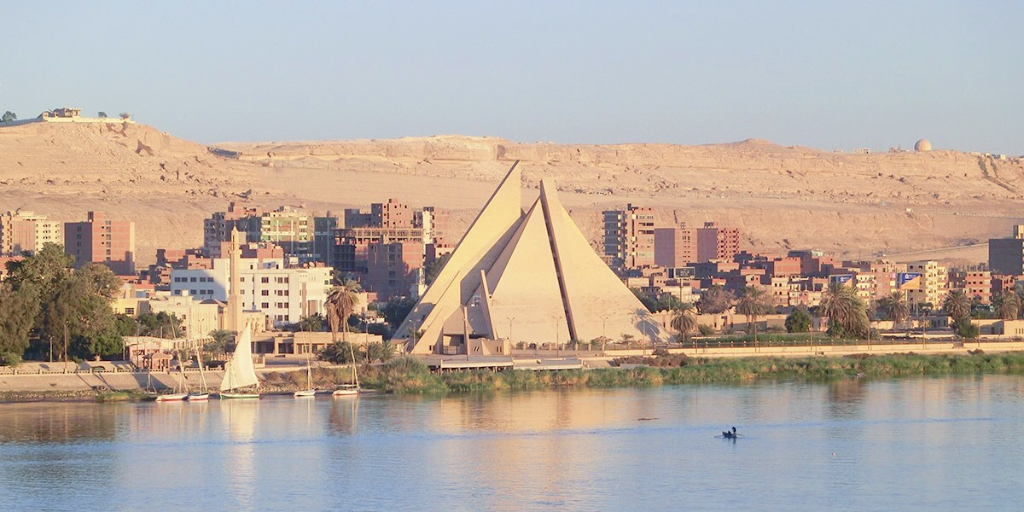
Famed for its well-preserved necropolises and candid Nile views, Minya is one of Egypt’s most fascinating cities, where the past meets the present. Historically, Minya is famous for its Beni Hasan and Al-Ashmunein tombs; it was strongly linked to the heretic pharaoh Akhenaten, Tutankhamun’s father, who birthed an ancient capital nearby. The city was also the core of the country’s once-flourishing cotton industry, from the Roman era up until the 20th century.
In more recent times, Minya has been mired in controversy and instability after a series of Islamist terrorist attacks against Copic Christians instilled terror throughout the city. In response, security measures have been severe, driving tourists away further.
In recent years, however, stability has slowly returned to Minya’s countryside, as its people move on from past tragedies and hope for a revival in tourism. Both citizens and visitors of Minya can once more enjoy the city’s felucca (small sailboat) cruises through the Nile River, or delight in the pleasure of its famously ripe and sweet fruits.
RASHEED

Most of the world knows of the Rosetta Stone – the ancient slab that helped Egyptologists decipher hieroglyphics and crack ancient Egyptian culture through writing. Very few know of the Rosetta Stone’s land of origin: the city of Rasheed (Rosetta).
Founded in the ninth century by Islamic caliph Harun Al-Rasheed, the city was once a prominent port for trades and commerce across the Nile Delta, waning in influence with the growth of its neighboring city, Alexandria.
Today, Rasheed acts as a highway and rail link between Alexandria and Damanhur, still maintaining its historic coastal trading function, in addition to its rice and fishing industries. Egypt’s government announced expansion plans for the city, dubbed New Rasheed, in 2018, in hopes to revive the city’s influence and bolster its economy.
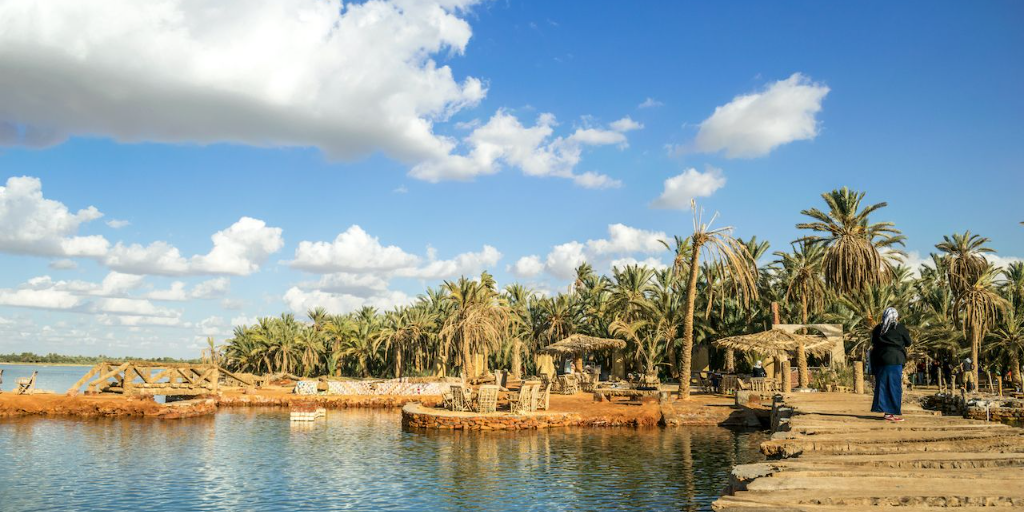


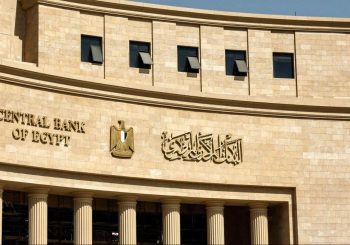

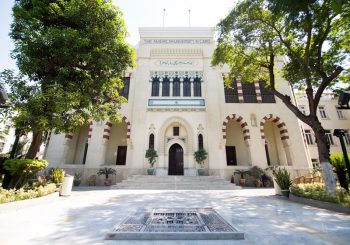
Comment (1)
[…] ما وراء القاهرة: 8 مدن أخرى تجسد سحر مصر […]